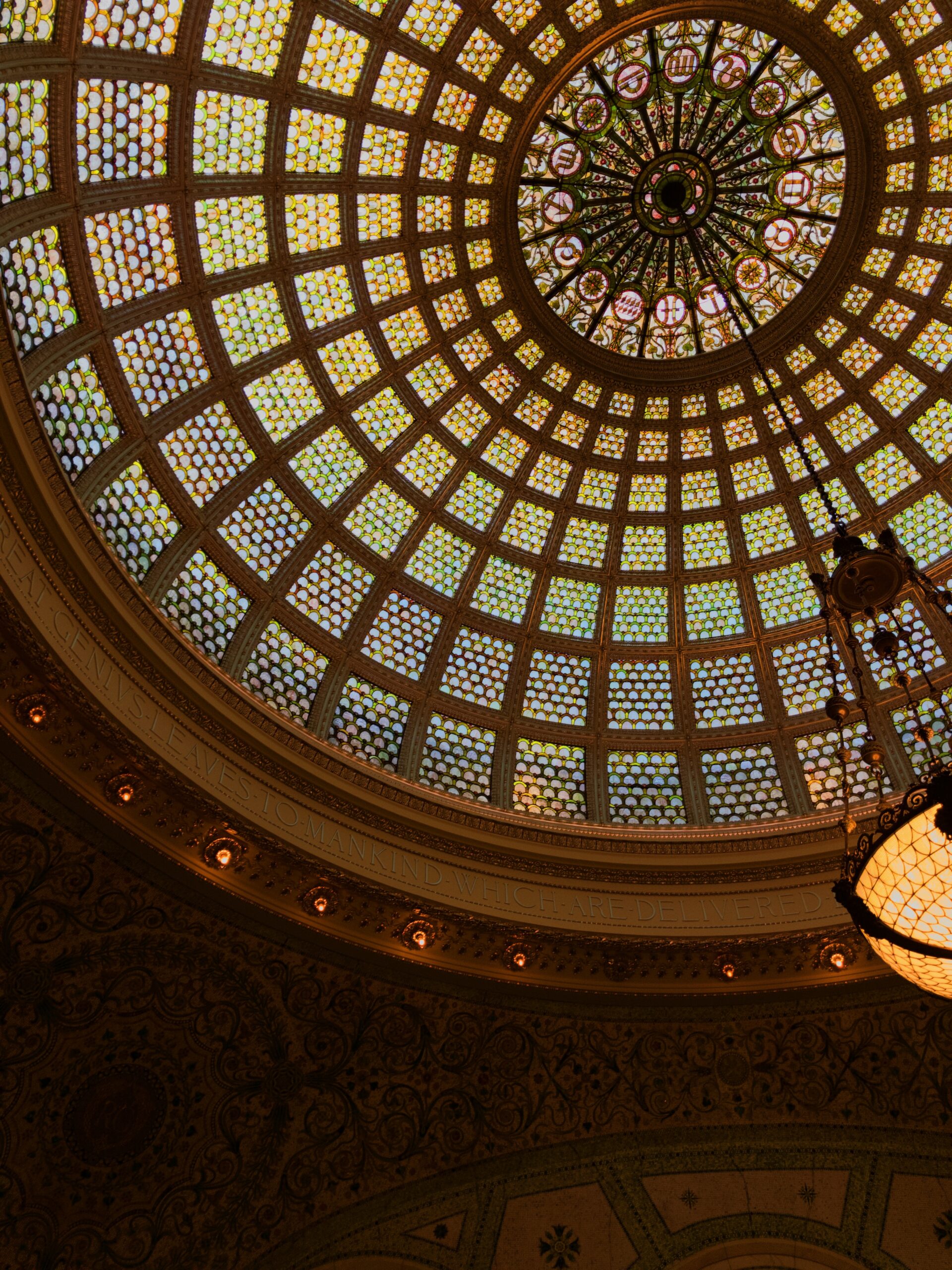A sermon on Acts 1:6-11 and 2:1-4 for Kensington Community Church, on the occasion of Día de los Muertos and All Souls’ Day.
If you’re the type who of person has season tickets to your favorite pew, if you hang around church often, the scripture for this week may have felt odd to you—or at the very least, this week for this scripture may have felt odd.
While there’s no “official” scripture for Día de los Muertos, we usually use something like, the part of Hebrews where it talks about the great cloud of witnesses who walk the path of faith with us.
This week’s scriptures are usually reserved for Ascension Sunday and Pentecost—the day we remember when Jesus left earth and went to heaven, and the day we remember how the Holy Spirit then came down to earth to be our companion.
The genre of the book of Acts is typically thought of as “history,” it’s a telling of the stories of the early church. And while I get why many folks label it that, I sometimes think it’s maybe actually more aligned with the genre of “gospel”—or the telling of good news, of victory in battle.
Most scholars agree that the author of the Gospel of Luke and the author of the book of Acts was the same person, and that the two books traveled together, side-by-side, when being shared among the churches. Acts is sort of like the “sequel” to Luke. And besides the fact that sequels aren’t usually entirely different genres than originals, the content of the book of Acts has some of the same kind of mystery and grandeur and wonder that you find in the gospels. Stories are told a little like you might tell history, but also… with a lot more beauty and color and magic to them than that.
And I don’t think it’s purely an accident of history that the author of Luke-Acts split their book right here. That Pentecost became the dividing line between the gospel legend that tells the story of Jesus and the good-news legend that tells the story of the start of the church.
In the United Church of Christ, we have this… motto, “that they all may be one.” It’s taken from a prayer Jesus prayed right before his crucifixion:
“I ask not only on behalf of these but also on behalf of those who believe in me through their word, that they may all be one. As you, Father, are in me and I am in you, may they also be in us, so that the world may believe that you have sent me. The glory that you have given me I have given them, so that they may be one, as we are one, I in them and you in me, that they may become completely one, so that the world may know that you have sent me and have loved them even as you have loved me.
John 17:21–23
When the UCC was formed as a merger of historically very different denominations—as a group of Christians saying “we are going to draw our circle to include more people, not less,” the prayer we prayed and the reminder we gave ourselves was about the fulfilling of this prayer from Jesus.
The month of November, we’re talking about what it means for a church to “become family,” and we’re doing that by following the story of the first churches in the Book of Acts. We’re looking at how they formed over time, how they grew close to one another, how they grew to include more people.
When Jesus ascended up to heaven, he told the disciples that the Holy Spirit would descend to enable them to become his witnesses—to become people who shared the good news of a power that was greater than death itself, of a teaching that brought together those who were far off and those who were near, and of a sacrificial love beyond all measure. Then that happens at Pentecost: a spirit comes like a roaring wind, and suddenly, people who were very different—who spoke totally different languages—can hear each other, understand each other, in the languages of their hearts. They can know each other deeply. Their bonds can be closer than ever before and all kinds of people from all over the city are attracted to join the party. Theologian Karl Barth would later describe this moment of the Holy Spirit taking up residence among the people as “divine preparation for Christian living.”
Día de los Muertos and All Souls’ Day
Día de los Muertos and All Souls Day are two holidays that occupy the same day on our calendars and share meanings that are quite similar, even if there’s an important demarcation point between the two.
I think the Catholic writer Joel Schorn put it best when he talked about the two holidays as ones which remember the dead, but in different directions.
All Souls’ Day, a traditionally European holiday is a day to remember and pray for the deceased in heaven, and to long for a moment when we can be united with them again in the future.
Día de los Muertos, on the other hand, is a traditional Mexican holiday with pre-colonial origins, remembering the dead and inviting them to join with us here right now.
All Souls Day brings us memories of the past and hope for the future. Día de los Muertos brings us memories and an insistent hope for the present.
The Gospel of Luke ends with a memory of Jesus and a promise for a future unification with him.
The Pentecost story is a reminder that the same God who has given us promises for the future, fulfills for us promises in the present, and the way he fulfills those promises is in each other.
And even if in Christian tradition it’s less common to think about the deceased as folks whose spirits return to earth, I can’t help but think about the Pentecost story as a reminder of the ways that those who’ve departed us are not absent from us, and how that’s true not only for those who believe that their spirits are returning to earth, but also because of the ways their memories live on among us.
I think, for example, about how the memories of Steve and Carolyn Davis live on in the gentle hands that care for this church and its youth today.
I think about how my grandpa’s memory lives on in the corny jokes my aunts and uncles tell, and in my family’s insistent belief that things can always get better.
I suspect you have loved ones like that, too; people whose memories you see lived in the people who they left behind.
And as we transition into communion, you are invited to bring forward memories of your beloved departed—whether memories on your heart, or memories held in objects. When you walk up here, consider the gifts they brought to the world and to you, and hold in yourself whatever mourning, grief, anticipation for a future reunion; whatever other feelings you have when you remember them.
Then take communion, unite yourself with the spirit of God, and as you walk back, think about what you will do to bring their spirit to earth now. How you will walk inspired by the paths they lived, how you will keep their memory alive in the love you have for each other here at church, for your family, for the world around you.
Amen.

